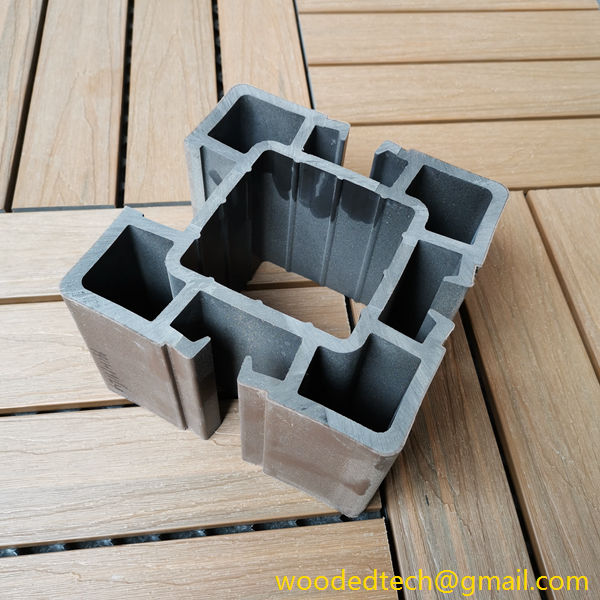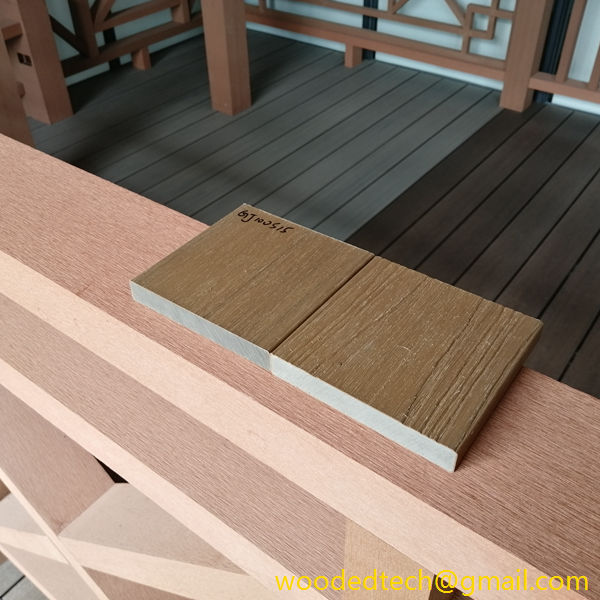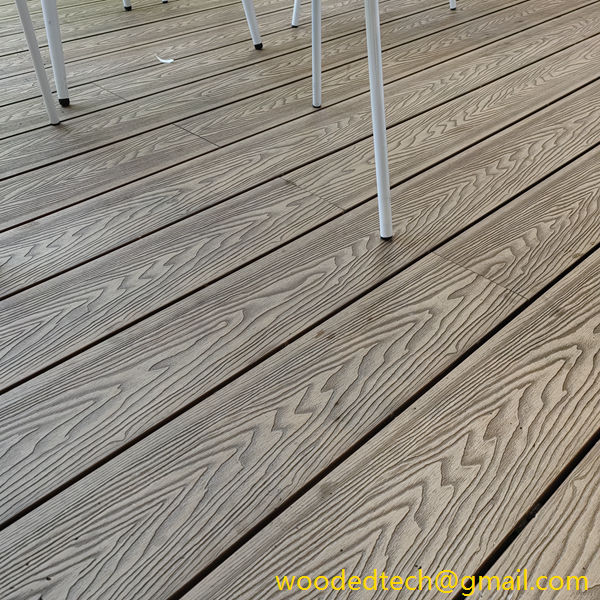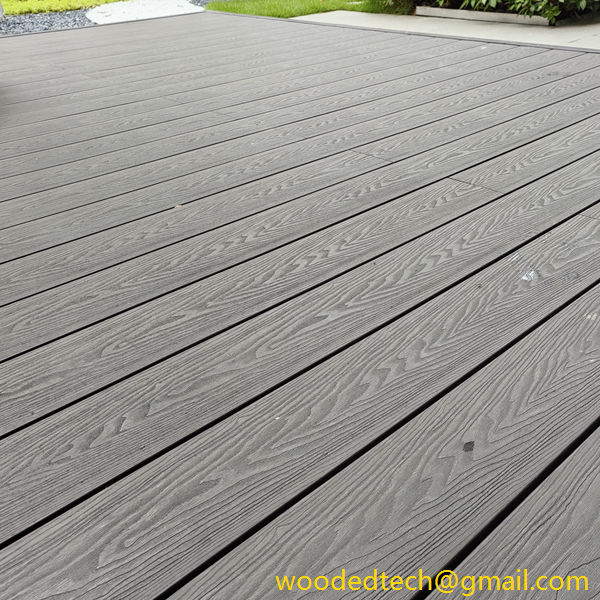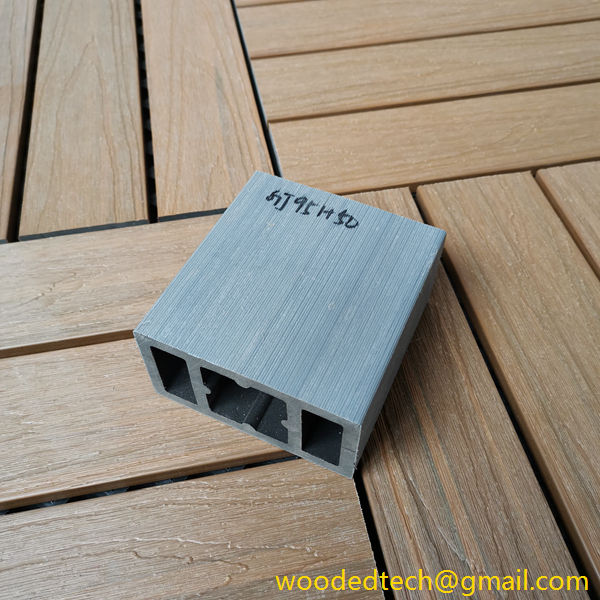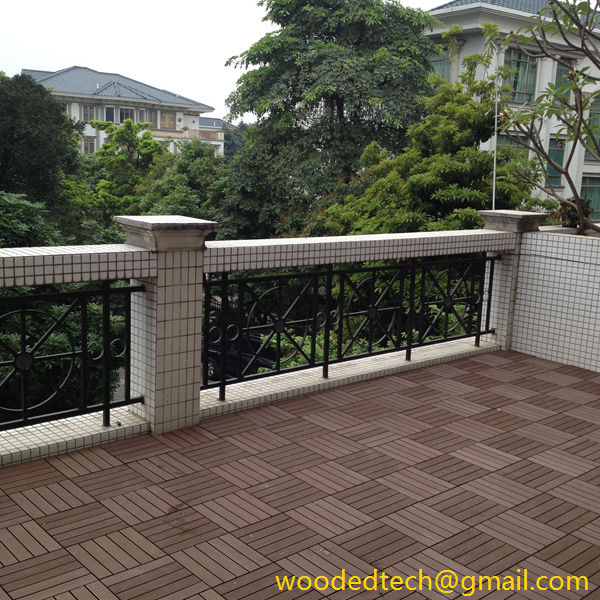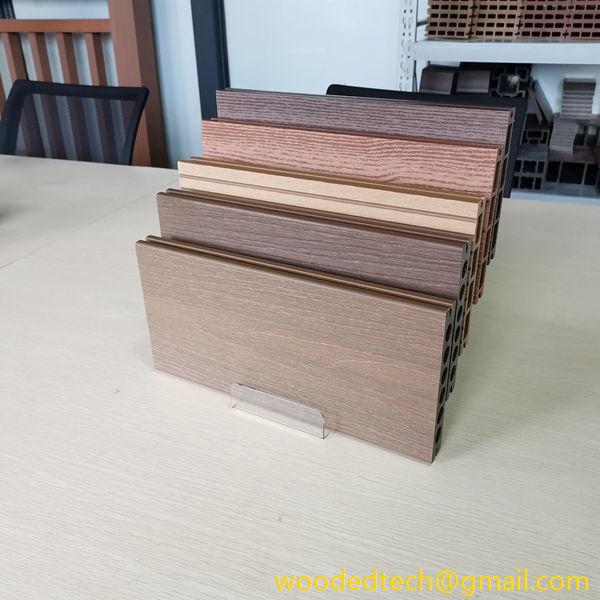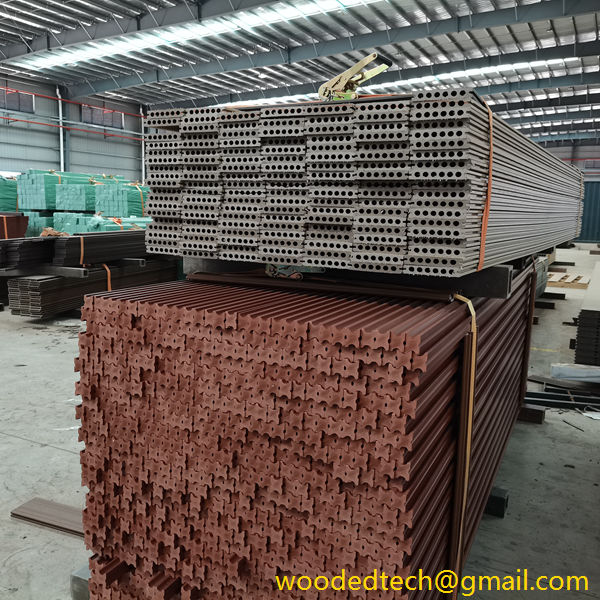浏览木塑面板设计图片,获取创意灵感
浏览木塑复合板设计图片,获取创意灵感 随着建筑和设计行业的发展,对创新材料的需求导致木塑复合板的普及率大幅上升。这些板材由木质纤维和回收塑料混合制成,是传统建筑材料的可持续替代品....。
浏览木塑面板设计图片,获取创意灵感
As the construction and design industries evolve, the demand for innovative materials has led to a significant rise in the popularity of Wood Plastic Composite (WPC) panels. These panels, made from a blend of wood fibers and recycled plastic, offer a sustainable alternative to traditional building materials. They are celebrated for their durability, versatility, and aesthetic appeal. As the market for WPC panels expands, understanding the global production capacity distribution becomes essential for industry professionals, designers, and architects seeking to create unique and inspiring spaces.
WPC panels are engineered materials that combine the best properties of wood and plastic. They offer the natural look of wood while minimizing issues such as warping, splintering, and decay. This makes WPC panels suitable for a variety of applications, including decking, fencing, siding, and interior design elements. The ability to mold these panels into different shapes and finishes further enhances their appeal, allowing for creative designs that can cater to diverse preferences.
The global production capacity distribution of WPC panels is influenced by several factors, including raw material availability, technological advancements, labor costs, and regional market demands. Understanding this distribution is crucial for designers and architects who need reliable sources for their projects. It also impacts pricing, innovation, and the overall sustainability of the materials used in construction.
Different regions around the world have varying capacities to produce WPC panels. For instance, North America and Europe are currently leading in production due to their advanced manufacturing technologies and strong demand for eco-friendly materials. In North America, the presence of established manufacturers and an increasing trend towards sustainable building practices has accelerated the growth of the WPC market. Meanwhile, European countries are known for their stringent environmental regulations, pushing manufacturers to innovate and produce high-quality WPC products.
In contrast, emerging markets in Asia-Pacific, such as China and India, are rapidly increasing their production capacities. The demand for WPC panels in these regions is driven by urbanization, a growing middle class, and an increasing awareness of sustainable building practices. These countries provide a unique opportunity for designers seeking cost-effective solutions without compromising on quality or aesthetics.
As designers and architects explore the possibilities of WPC panels, the variety of design images available online serves as a treasure trove of inspiration. From sleek modern facades to rustic outdoor spaces, WPC panels can be tailored to fit a range of architectural styles. The versatility of these materials allows for creative experimentation, enabling designers to push the boundaries of conventional design.
For instance, WPC panels can be used to create striking wall features in residential and commercial spaces. By layering different colors and textures, designers can achieve a dynamic look that captures attention. Furthermore, the ability to cut and shape WPC panels opens up opportunities for intricate designs, such as geometric patterns or custom motifs that reflect the brand identity of businesses.
In outdoor settings, WPC panels are ideal for creating seamless transitions between indoor and outdoor spaces. Their resistance to moisture and UV rays makes them perfect for decking and patio applications. Designers can create inviting alfresco dining areas or serene outdoor lounges that blend harmoniously with nature. The visual appeal of WPC panels enhances the overall aesthetics of a space while providing practical benefits.
Moreover, WPC panels are increasingly used in furniture design. Their lightweight nature and durability make them suitable for various furniture applications, from contemporary chairs to stylish shelving units. Designers can experiment with different finishes, such as matte or gloss, to achieve the desired look and feel for their creations.
As the world becomes more conscious of environmental issues, the demand for sustainable materials like WPC panels is expected to rise. The global production capacity distribution is likely to adapt to this trend, with manufacturers increasingly focusing on eco-friendly practices. This includes sourcing recycled materials, investing in energy-efficient production processes, and reducing waste.
The future of WPC panels also points towards innovation in material composition. Research and development efforts are underway to enhance the properties of WPC, making it even more resilient and versatile. This could involve experimenting with different types of plastics or additives that improve performance while maintaining sustainability.
Designers and architects play a crucial role in promoting the use of WPC panels by advocating for sustainable building practices. By showcasing the potential of these materials through creative designs, they can inspire clients to embrace environmentally friendly options for their projects.
In conclusion, the global production capacity distribution of WPC panels is a dynamic landscape shaped by regional demands and advancements in technology. As designers and architects explore the creative possibilities offered by WPC panels, they contribute to a more sustainable future in construction. The fusion of innovation and environmental consciousness is paving the way for inspiring designs that resonate with a growing audience seeking eco-friendly solutions. By understanding the production landscape and leveraging creative inspiration, the potential for WPC panels is limitless.

